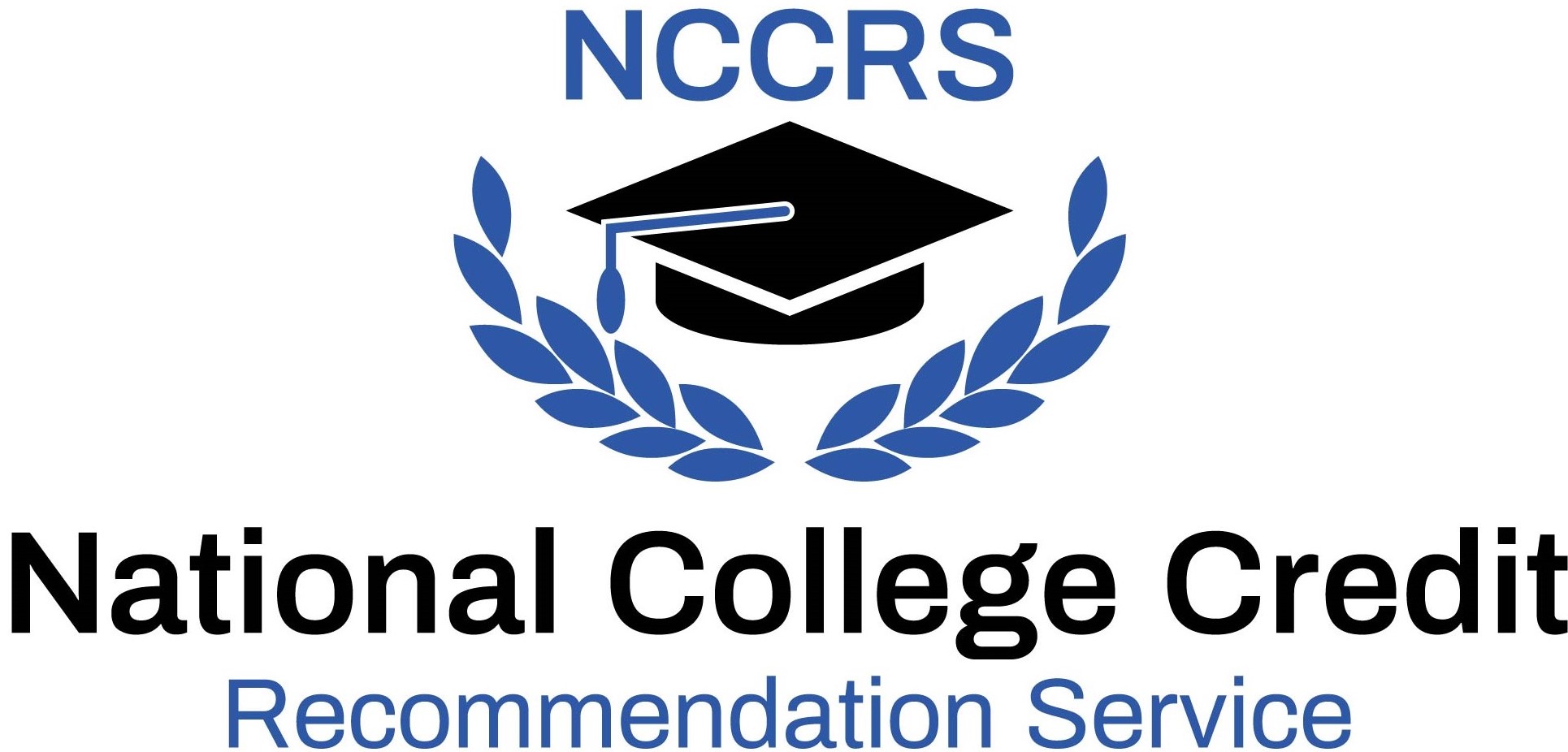UPI Study, Inc. | Evaluated Learning Experience
Statistics 101: Principles of Statistics
Varies (self-study; self-paced).
March 2021 - Present.
Upon successful completion of the course, students will be able to: master key statistical concepts, including descriptive and inferential statistics, probability distributions, measures of central tendency, and dispersion, while differentiating between data types for appropriate statistical treatments; analyze, interpret, and visualize business data using statistical software like Excel, performing accurate and efficient calculations for data manipulation and graph/chart creation; apply statistical methods to real-world business scenarios, using data-driven insights to inform and optimize business strategies, operational efficiencies, and market research; critically assess the quality and reliability of data sources, identify potential biases in statistical analysis, and understand their impact on business decision-making; present statistical findings clearly and concisely, suitable for various audiences, including writing reports and giving presentations to effectively communicate statistical analyses; and hone problem-solving abilities using statistical methods to address complex business challenges, focusing on developing logical and analytical thinking for data-driven problem-solving.
The course is self-paced, and instruction is delivered through online video and text lessons. Students are assessed through quizzes, assignments and a proctored final exam. Major topics include introduction to Business Statistics; categorical data; descriptive statistics: measurement techniques; descriptive statistics: data representation; dispersion measures in Business; correlation and association in Business; probability concepts and distributions in Business Statistics; sampling techniques; constructing confidence intervals; hypothesis testing in business contexts; analyzing variance in business research; nonparametric methods in business statistics; regression analysis in business; business forecasting techniques; and implementing control charts in business processes.
In the lower division baccalaureate/associate degree category, 3 semester hours in Mathematics, Economics, International Business, Finance, Finance and Investment, Accounting, Management, Human Resources, Hospitality Management, Management Information System, Marketing, Education, or Health Services (1/24).



